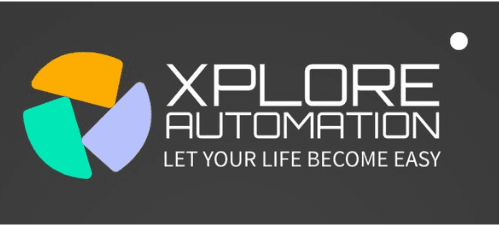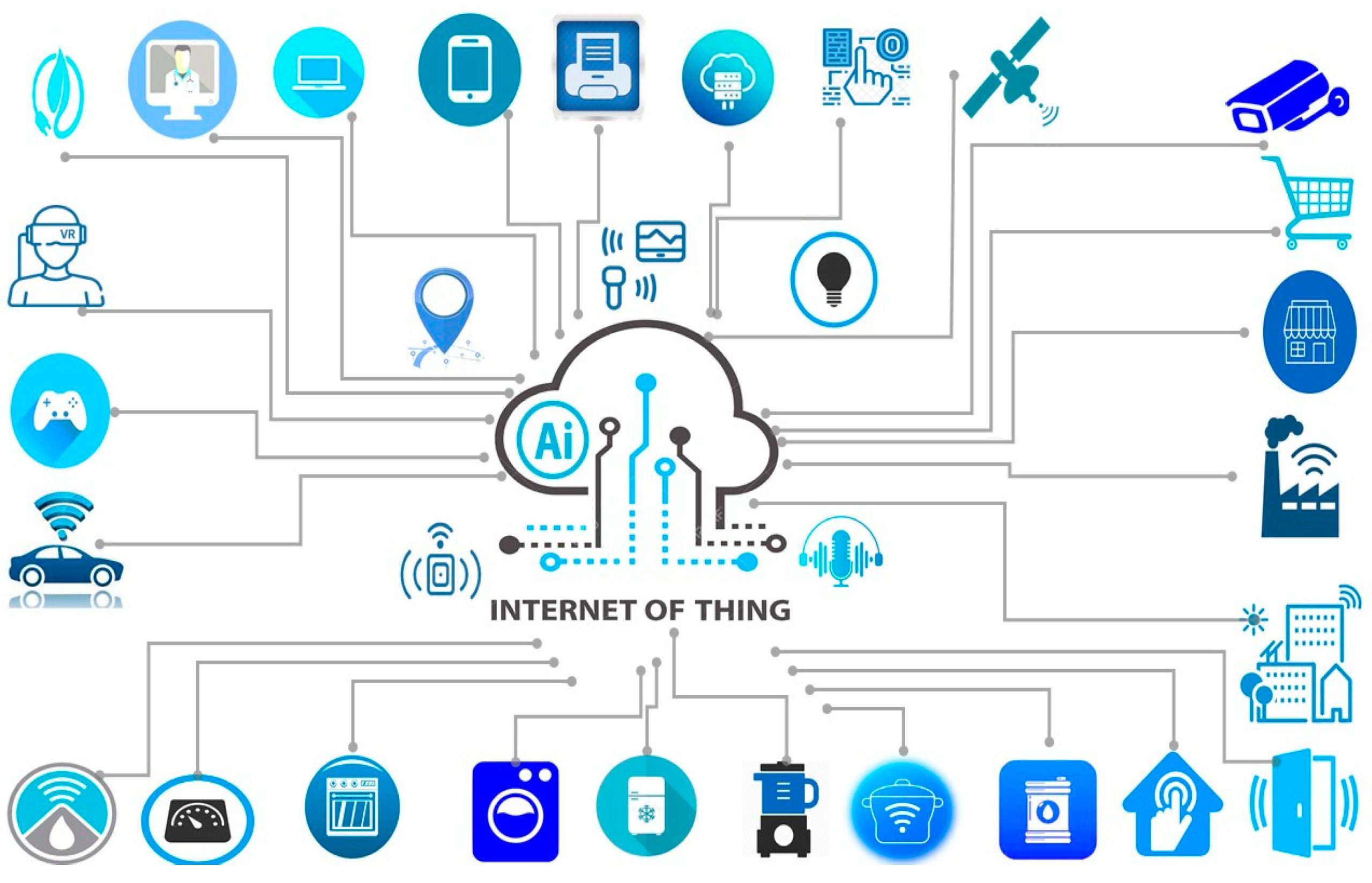Smart device integration refers to the ability of different devices to work together seamlessly. It allows for connectivity and communication between various smart devices for improved functionality and user experience. In this article, we are talking about what is smart device integration with the latest updates.
From smart home systems to wearable technology, smart device integration plays a crucial role in creating a network of interconnected devices that can be controlled and managed through a unified interface, such as a mobile app or voice commands. By integrating smart devices, users can automate tasks, gather and analyze data, and enjoy greater convenience and efficiency in their daily lives.
Smart device integration brings together the capabilities of modern technology to streamline and enhance the way we interact with our devices. This integration enables a seamless connection between different gadgets, leading to a more efficient and interconnected environment. Whether it’s linking household devices for improved energy management or syncing wearable devices for health monitoring, the possibilities are endless. With the rise of the Internet of Things (IoT), smart device integration is becoming increasingly prevalent, revolutionizing the way we interact with technology. As the demand for interconnected solutions grows, smart device integration is set to play an even more significant role in our daily lives.
The Evolution Of Smart Device Integration
Smart device integration has revolutionized the way we interact with technology, bringing together various devices to create a seamless, interconnected experience. The evolution of smart device integration has been driven by innovations in the Internet of Things (IoT) and has transformed the way we interact with our devices, homes, and daily tasks.
From Disparate Devices To Connected Ecosystems
Smart device integration has evolved from a scenario where individual devices operate independently to creating connected ecosystems where devices communicate and collaborate. This shift has enabled a more cohesive and synchronized user experience, allowing for greater convenience and efficiency in managing multiple devices.
The Role Of the Internet Of Things (IoT) In Smart Device Integration
The Internet of Things (IoT) plays a pivotal role in the seamless integration of smart devices. IoT technology facilitates the communication and data exchange between devices, making it possible for them to work in unison. From interconnected homes to smart city initiatives, IoT serves as the backbone of smart device integration, enabling a wide range of applications and functionalities.
Benefits Of Smart Device Integration
Smart device integration offers numerous benefits by seamlessly connecting various devices and enabling them to communicate and share data. This integration enhances convenience, efficiency, and productivity, transforming everyday tasks into smart, automated operations. Additionally, smart device integration promotes a more interconnected and streamlined living and working environment.
Benefits of Smart Device Integration
Smart device integration offers numerous benefits that enhance daily life. The technology allows for greater convenience and efficiency, improved personalization and customization, and optimized home automation and security. Let’s examine each of these advantages in greater detail.
Enhanced Convenience And Efficiency
Smart device integration streamlines and simplifies daily tasks, such as controlling home appliances, adjusting lighting, and regulating the thermostat, all from a single interface. This not only reduces the time spent on manual adjustments but also enhances overall efficiency in managing household activities.
Improved Personalization And Customization
One of the key advantages of smart device integration is the ability to customize settings according to individual preferences. From lighting and temperature control to entertainment systems and security features, users can tailor their smart devices to cater to their specific needs, ultimately enhancing the overall user experience.
Optimized Home Automation And Security
By integrating smart devices, homeowners can experience seamless home automation, allowing for the remote monitoring and management of various systems. Additionally, smart device integration enhances home security through features such as remote locking mechanisms, surveillance cameras, and motion sensors, providing peace of mind and a heightened sense of safety.
Incorporating smart devices into daily life brings unparalleled convenience, personalization, and security, significantly enriching the overall home experience.
Challenges In Smart Device Integration
Smart device integration refers to the incorporation of various devices such as smartphones, tablets, and smart home appliances into a single network for seamless communication and control. Challenges in this integration include interoperability issues, security concerns, and the need for standardization to ensure compatibility among different devices and platforms.
Smart device integration, although incredibly convenient and beneficial, does come with its fair share of challenges. These challenges can make the process of integrating different devices complicated and sometimes frustrating. Let’s explore some of the major challenges that users may encounter when integrating their smart devices.
Compatibility Issues Between Devices
One of the most common challenges in smart device integration is compatibility issues between different devices. With a wide variety of smart devices available in the market, it can be challenging to ensure that all devices can seamlessly communicate with each other. This can lead to frustrating situations where certain devices are unable to connect or sync with others. For instance, some smart speakers may not be compatible with certain smart home hubs, disrupting the overall integration process.
Privacy And Security Concerns
Privacy and security concerns are also significant challenges when it comes to smart device integration. With the increasing number of connected devices in our homes, there is a higher risk of potential privacy breaches or data leaks. It is crucial to ensure that the integration process takes into account robust security measures to protect sensitive information. Users must be mindful of granting permissions and sharing data only with trusted devices to mitigate these concerns.
Complexity In Setup And Configuration
Setting up and configuring smart devices can often be a complex and time-consuming process. Each device may have its unique setup requirements, including specific software installations or network configurations. This complexity can become overwhelming, especially for users who are not technically inclined. Troubleshooting issues during the setup phase can further add to the frustration. Simplifying the setup and configuration processes and providing user-friendly instructions can help alleviate these challenges.

Credit: www.facebook.com
Emerging Trends In Smart Device Integration
The world of smart devices continues to evolve at a rapid pace, and with it, the concept of smart device integration. This innovative technology has found its way into various aspects of our lives, from our homes to our workplaces. In this blog post, we will explore the emerging trends in smart device integration, delving into the fascinating possibilities that lie ahead.
Voice Control And Virtual Assistants
One of the most notable trends in smart device integration is the proliferation of voice control and virtual assistants. With the advent of technologies like Amazon Alexa, Google Assistant, and Apple’s Siri, we can now control our smart devices simply by speaking to them. Whether it’s adjusting the temperature, turning on the lights, or even ordering groceries, voice control offers a convenient and hands-free way to interact with our devices. Virtual assistants, powered by advanced natural language processing algorithms, can understand complex commands and provide accurate responses, making them an indispensable part of our daily lives.
Integration With Artificial Intelligence And Machine Learning
Smart device integration is increasingly incorporating artificial intelligence (AI) and machine learning (ML) techniques to enhance functionality and improve user experience. AI algorithms enable devices to learn and adapt based on user behavior, making them more intuitive and personalized. For example, smart thermostats can analyze user preferences and automatically adjust temperature settings to ensure optimal comfort. Similarly, AI-powered cameras can detect and categorize objects, enhancing the security features of smart home systems. With the integration of AI and ML, smart devices are becoming smarter, more responsive, and capable of making informed decisions.
Smart Device Integration In Commercial And Industrial Settings
Smart device integration is not limited to residential use; it has a significant impact on commercial and industrial settings as well. From smart office buildings to industrial IoT systems, businesses are leveraging the power of connected devices to streamline operations and improve efficiency. For instance, in retail environments, smart shelves equipped with sensors can monitor inventory levels and automatically place orders when stock runs low. In manufacturing plants, machine-to-machine communication enables real-time monitoring and predictive maintenance, minimizing downtime and optimizing production. The integration of smart devices in commercial and industrial settings unlocks immense potential for cost savings, productivity gains, and improved decision-making.
Future Outlook For Smart Device Integration
As technology continues to advance at a rapid pace, smart device integration is poised to revolutionize the way we live, work, and interact with our surroundings. The future outlook for smart device integration is filled with boundless possibilities, offering a seamless connection between our devices, systems, and environments. This integration holds immense potential in various sectors, including healthcare, infrastructure development, and interoperability standards.
Expansion Of Interoperability Standards
Gone are the days when devices operated in isolation, restricted by compatibility issues. The future of smart device integration lies in the expansion of interoperability standards. With the advent of universal communication protocols, devices from different manufacturers and brands can seamlessly communicate and share information. This interoperability ensures a harmonious integration of various smart devices, allowing for effortless control and coordination. Whether it’s your smartphone, smart thermostat, or smart security system, all devices can now work together, creating a truly connected ecosystem.
Integration With Smart Cities And Smart Infrastructure
The concept of smart cities and smart infrastructure is gaining momentum worldwide, and smart device integration plays a crucial role in bringing this vision to life. By integrating smart devices into the fabric of our cities, we can create efficient, sustainable, and livable environments. Imagine a city where traffic lights communicate with nearby vehicles to optimize traffic flow, or where streetlights automatically adjust their brightness based on ambient light levels. Smart device integration empowers cities to become more responsive, resource-efficient, and environmentally friendly, ultimately enhancing the quality of life for its inhabitants.
Potential For Enhancing Healthcare And Wellbeing
In the realm of healthcare and well-being, smart device integration holds immense potential for transformative advancements. By seamlessly integrating smart devices, healthcare providers can deliver personalized care, monitor patients remotely, and improve overall outcomes. For instance, wearable devices can track vital signs and deliver real-time data to healthcare professionals, allowing for timely interventions and proactive management of chronic conditions. Moreover, smart home devices can create a safe and convenient environment for elderly individuals, ensuring their well-being and enabling them to age in place comfortably.

Credit: www.amazon.com

Credit: www.matellio.com
Frequently Asked Questions For What Is Smart Device Integration
What Is Smart Device Integration?
Smart device integration refers to the ability of different devices, such as smartphones, tablets, and smart TVs, to connect and communicate with each other. It allows users to control and access the features of one device from another device, enhancing convenience and streamlining tasks.
How Does Smart Device Integration Work?
Smart device integration relies on wireless technologies like Wi-Fi and Bluetooth to establish connections between devices. Through these connections, devices can exchange data, commands, and remote control signals. This enables users to operate one device through another, such as controlling a smart thermostat using a smartphone app or streaming music from a phone to a smart speaker.
What Are The Benefits Of Smart Device Integration?
Smart device integration offers a range of benefits, including increased convenience and efficiency. It allows for centralized control and management of various devices, simplifying tasks and reducing the need for multiple remotes or apps. It also enables automation and scheduling, such as setting up routines to turn on lights or adjust the temperature at specific times.
What Devices Can Be Integrated Using Smart Device Integration?
Smart device integration can be applied to various devices, including smartphones, tablets, smart TVs, smart speakers, thermostats, cameras, door locks, and appliances. As long as the devices support the necessary wireless communication protocols, they can be connected and integrated for seamless operation and control.
Conclusion
Smart device integration is revolutionizing how we interact with our devices and homes. With the ability to seamlessly connect and control various smart devices, such as lights, thermostats, and security systems, we can create a personalized and convenient living space.
By integrating these devices, we can streamline our daily tasks, enhance energy efficiency, and improve overall comfort. In a world where technology continues to evolve, smart device integration is becoming increasingly essential for individuals seeking greater control and convenience in their lives.
Embrace the future by exploring the possibilities of smart device integration today.

I am a technology writer and blogger with 17 years of experience in the fields of information technology, artificial intelligence, cyber security, automated systems, and the latest technology trends.

